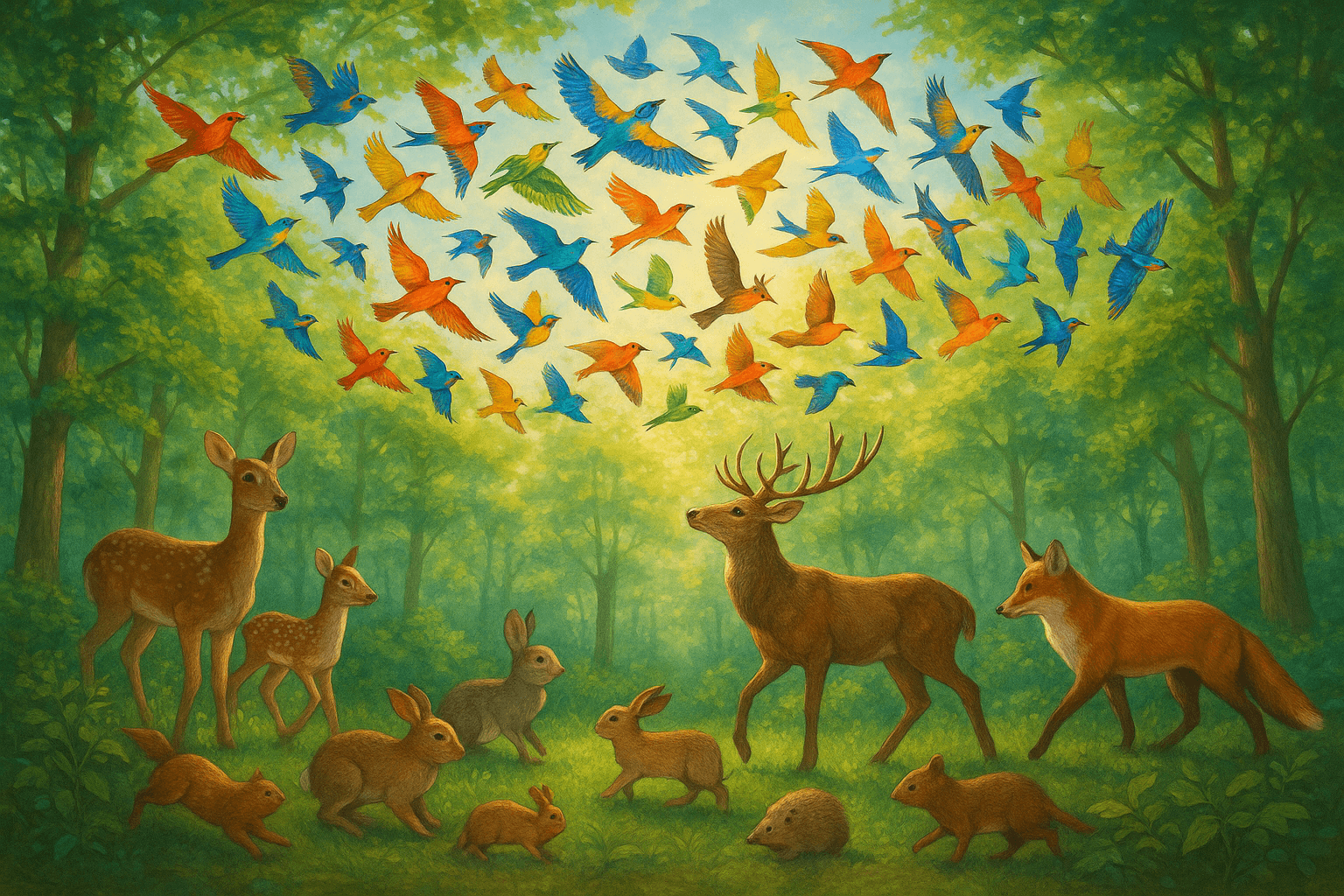The Power of Unity Through Collective Harmony

Harmony emerges when diverse voices are woven into one melody. — Yo-Yo Ma
The Essence of Harmony
Yo-Yo Ma's insight reflects a deep understanding of harmony as something greater than mere coexistence. Rather, it emerges when unique individual contributions blend into a unified whole. Just as a symphony is richer for the interplay of strings, winds, and percussion, true harmony in any group or society arises from the respectful integration of diverse perspectives.
Music as a Metaphor for Inclusion
Music, with its intricate layers and varied timbres, becomes a powerful metaphor for inclusion. In Bach’s *Brandenburg Concertos* (1721), for example, distinct solo instruments converse and complement each other, demonstrating that the beauty of the piece lies in their cooperation. Such musical collaboration mirrors how communities thrive: by valuing every voice, not despite difference, but because of it.
Historical Lessons in Collective Achievement
Throughout history, societies have flourished when they've embraced multiple voices. The American civil rights movement, for instance, was propelled by activists from many backgrounds—fusing varied hopes and strategies into a resonant call for justice. Each participant brought their own perspective, but together, they formed a force far greater than the sum of its parts.
Workplaces and the Value of Diverse Voices
Similarly, in modern workplaces, studies cited by Harvard Business Review (2016) have shown that diverse teams outperform homogeneous ones in problem-solving and innovation. Companies that cultivate environments where all voices are invited, welcomed, and heard typically experience greater creativity and team satisfaction, much like how a conductor ensures every section of an orchestra is integral to the performance.
Fostering Harmony Beyond Music
Ultimately, Yo-Yo Ma's sentiment challenges us to extend the concept of harmony beyond music into our daily lives. Whether building friendships, neighborhoods, or nations, true unity requires more than tolerance—it calls for an intentional weaving of differences into a single, beautiful melody. Only then can communities, like orchestras, achieve their fullest resonance.